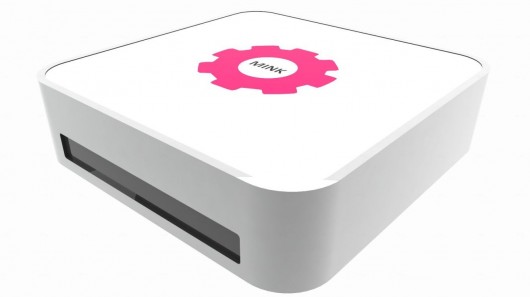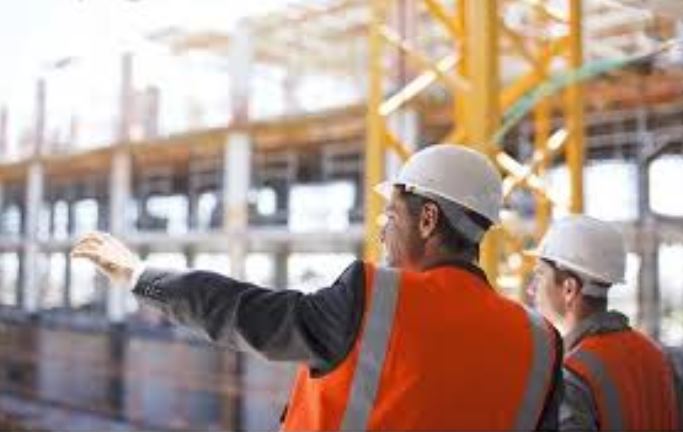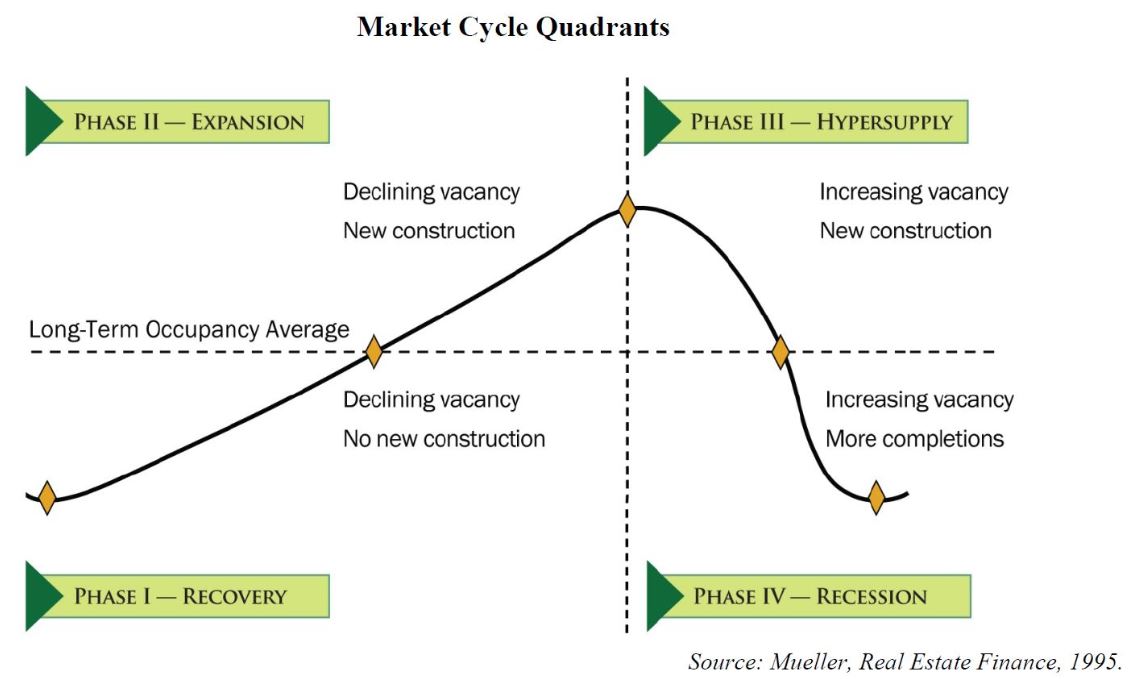
Tampabay / August 27, 2014
3D Printing Will Eventually Revolutionize Our Supply Chains
3D printing is no longer just used for rapid prototyping and development of custom assembly parts. It is not a fad and will most likely revolutionize how we manufacture, distribute, warehouse, and shop in ways that we have yet to discover. When we start to absorb all the ways 3D printing technology is being applied today by real-world businesses, we start to realize this technology is no longer science fiction and is applicable to most every industry sector, well beyond printing the plastic trinkets that are given away at trade shows and sold in dollar stores.
One example, Feetz, a company in southern California, is making custom orthotics using 3D printing technology. Another California company is manufacturing parts for AR-15 automatic weapons using graphite. Leading medical research university after university is developing the technology further to synthetically manufacture medicines and pharmacy items and human tissue ranging from skin grafts to even organs.
In another practical example, MINK, the genius invention of a Harvard Business School graduate can 3D print any shade of lipstick a woman could desire from home at a cost of $300. Imagine a 3D Lipstick printer as a bathroom accessory for about the cost of the color printer in your office. They will become available for consumer purchase by the end of this year!

3D printing is going to radically change how we manufacture, warehouse and sell retail. It will decentralize distribution in some applications as raw materials move closer to the end users for assembly. How does a drug-store look without a cosmetics section because it all can be 3D printed from home? How do malls look without shoe stores because any style, color or size shoe can be 3D printed to exact-specification and shipped to your door in days with no wasted time finding the right style and color shoe to only learn the store doesn’t have your size in stock? What does a Home Improvement Center look like without a plumbing department because your broken plumbing part can be scanned and replaced onsite in minutes by a 3D printer? And then ask what a supply-chain looks like with this onsite, just in time, to exact specification, technology?

Do we really need the new generation 30’-36’ clear warehouses we are building today to accommodate massive conveyor systems, or do those low-clear-ceiling-height warehouses that we thought were obsolete become coveted again for local 3D printing? 3D printing technology is real and will be more transformative to commercial real estate than the Internet has been to say the demand for office space which has shrunk from an average ratio of 300 square feet per worker to something in the 180 square feet per worker today. What will be the impact on retail and industrial warehouse space if we can print things like tools, food, and cosmetics at home?
Maybe the opportunity question we should be asking today is what kind of real estate is going to be needed to support 3-D printing? Where will the raw materials (inputs) be stored for the printing process? Some manufacturing and warehousing scale will be needed to inventory some level of goods, but is the right scale the supply-chain we are building today with bigger container vessels sailing through the expanded Panama and Suez canals or will it be somehow modified to accommodate the decentralization of the manufacturing process for certain 3D printed goods? (Source: Fortune, Forbes, Colliers International)
« Previous Next »


